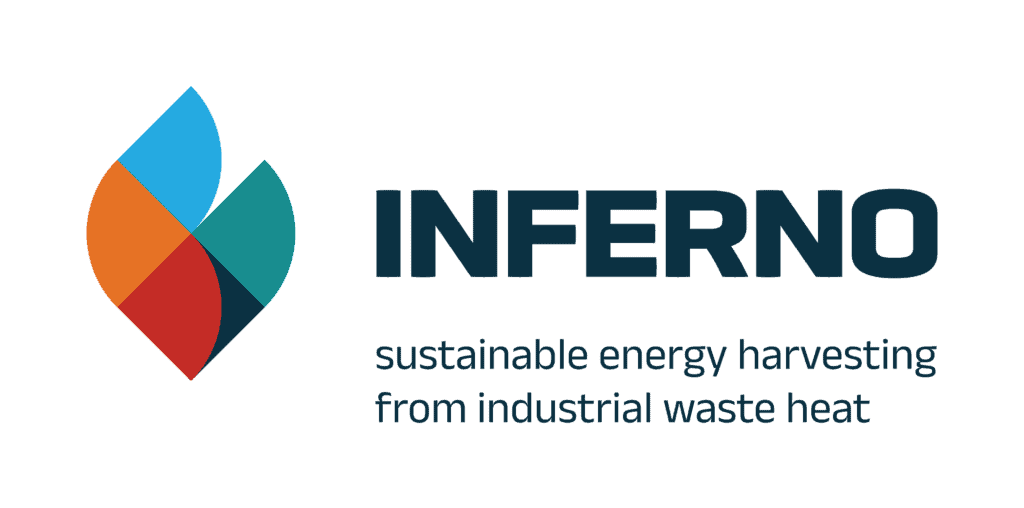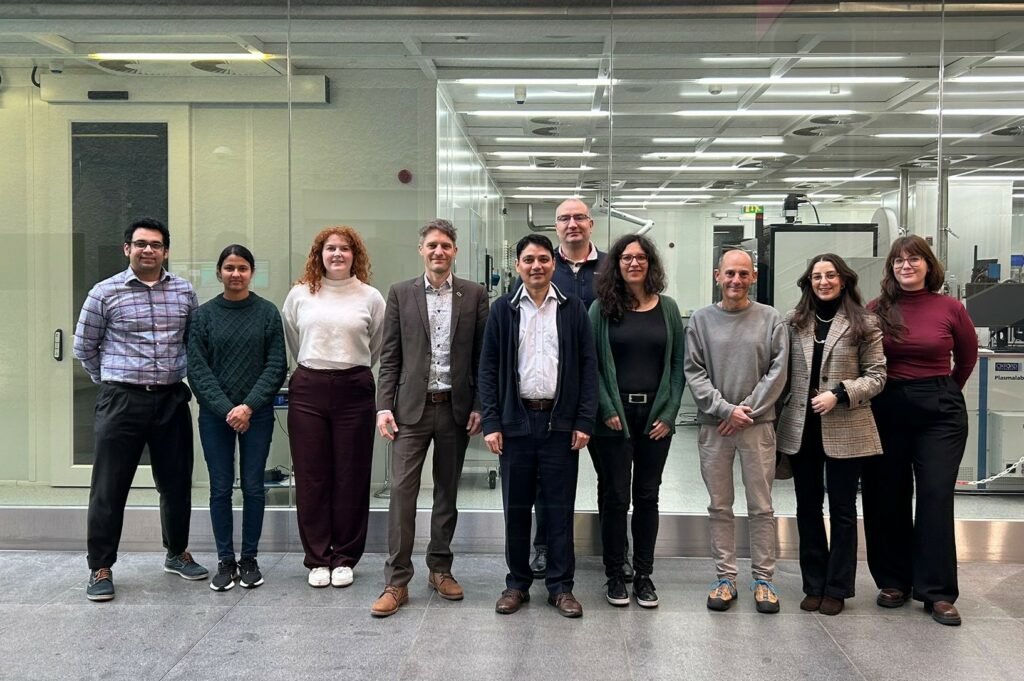INFERNO, a new waste heat recovery project, led by Dr Kafil M. Razeeb at Tyndall National Institute, has been recently funded by Horizon Europe. Dr Kafil M. Razeeb is also involved in the TRANSLATE project.

INFERNO drew our interest, as similar to the TRANSLATE project, it is driven by the need to harness waste heat, a largely untapped resource, and convert it into usable electricity. While both TRANSLATE and INFERNO focus on converting waste heat into electricity, their approaches are tailored to different temperature ranges and industrial needs.
The TRANSLATE project, led by University College Cork (UCC) is focused on developing nanofluidic technology to convert low-grade waste heat into electricity. Funded by the Horizon 2020 EIC Pathfinder Open pilot program, TRANSLATE leverages breakthroughs in nanochemistry and materials science to address the inefficiencies of existing thermoelectric generators. The project aims to create a device capable of efficiently harvesting and storing waste heat from various sources such as power generators, factories, and domestic heating systems, particularly targeting temperatures below 100 °C.
At the core of TRANSLATE is the development of a nanofluidic device that utilises the Soret effect, which involves ion movement due to temperature gradient. By exploiting this phenomenon within nano-scale channels filled with a salt solution, the project seeks to establish a new energy harvesting platform that is both cost-effective and sustainable. This innovation could potentially power the next generation of wireless sensors and wearable technology, offering a scalable solution for low-temperature waste heat recovery. The project’s emphasis on low-cost, non-toxic materials ensures that the resulting device is both sustainable and scalable, making it a promising advancement in energy harvesting technology.
(Read more: Harnessing Waste Heat for Clean Energy)
On the other hand, the INFERNO project, led by Tyndall at UCC, focuses on recovering energy from high-temperature industrial processes. Industries like cement, steel, and glass production lose over 50% of their energy as waste heat, equating to around 400 TWh annually—about one-seventh of Europe’s total electrical power demand.

To address this, INFERNO is developing a novel hybrid system that integrates solid-state devices such as thermophotovoltaic (TPV) cells, photonic metamaterials, and thermoelectric generators (TEGs). This system aims to efficiently recover waste heat from processes operating at temperatures between 400 and 800 °C. The modular design and absence of moving parts make it suitable for retrofitting into existing industrial setups, potentially leading to significant reductions in greenhouse gas emissions.
(Read more: Industrial Waste Heat to be transformed into Sustainable Energy Solution)
To summarise the distinction between these two innovative projects, Dr. Kafil M. Razeeb provides insight into their respective focuses:
“In TRANSLATE, we are trying to develop an energy harvesting system based on nanofluidic platform using the Soret effect, which is mainly focusing on harvesting thermal energy near room temperatures. On the other hand, in INFERNO, we are aiming to harvest waste heat that is available in high-temperature industrial processes up to 800 °C by developing a novel hybrid system comprising state-of-the-art TPV, Metasurface, and TEG.”
| Aspect | TRANSLATE Project | INFERNO Project |
| Lead Institution | University College Cork (UCC) | Tyndall National Institute (UCC) |
| Funding Program | Horizon 2020 EIC Pathfinder Open pilot program | Horizon Europe |
| Primary Focus | Low-grade waste heat recovery | High-temperature industrial waste heat recovery |
| Targeted Temperature Range | Below 100°C | 400°C to 800°C |
| Technology Used | Nanofluidic technology utilising the Soret effect | Hybrid system integrating thermophotovoltaic (TPV) cells, photonic metamaterials, and thermoelectric generators (TEGs) |
| Innovation Area | Nanochemistry and materials science breakthroughs | Solid-state devices and advanced materials |
| Main Application | Power generation from domestic heating systems and low-temperature industrial processes | Energy recovery in energy-intensive industries such as cement, steel, and glass production |
| Environmental Impact | Sustainable, scalable solution using non-toxic, low-cost materials | Efficient energy harvesting to reduce greenhouse gas emissions in high-temperature industries |
| Collaborating Partners | Tyndall National Institute, Technische Universitat Darmstadt, University of Latvia, Cidete (Spain), UCC Academy | Technological University Dublin, Fraunhofer Institute for Solar Energy Systems, IFW Dresden, Université de Technologie de Troyes, and F6S Ireland Limited |
| Primary Innovation Goal | Develop a cost-effective and sustainable energy harvesting device for low-grade heat | Overcome barriers to adoption of waste heat recovery technologies in high-temperature industries |
| Potential Applications | Wireless sensors, wearable technology | Industrial production lines, particularly in hard-to-decarbonise sectors |
The TRANSLATE and INFERNO projects highlight different strategies to enhance energy efficiency. TRANSLATE focuses on capturing low-grade waste heat through nanofluidics, while INFERNO develops a hybrid system for high-temperature industrial waste heat recovery. Both projects are set to make important contributions to sustainable energy, offering promising advancements in energy harvesting and reducing reliance on non-renewable sources.


